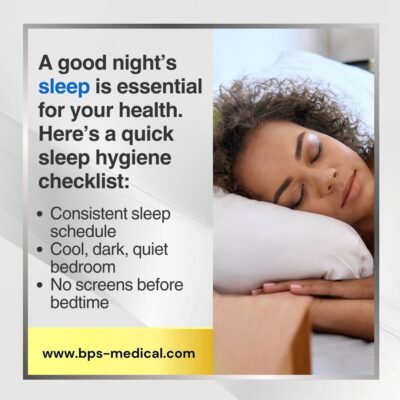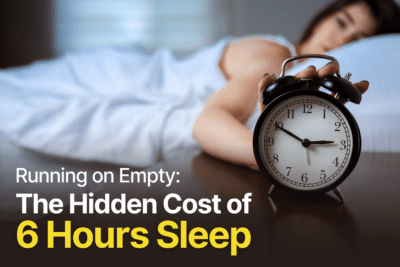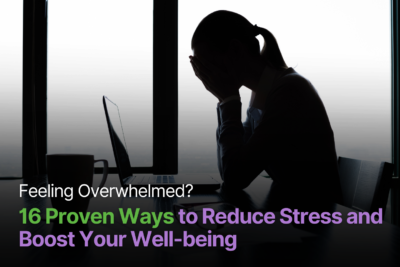
Discover the optimal sleep positions with our guide: "4 Best Sleep Positions That You Should Know." Improve your sleep quality tonight!
There are several different ways we can fall asleep. Some prefer to sleep on their side, while others are most comfortable on their back, and the list goes on. The sleep position most comfortable to you is a personal choice resulting from the habit you have formed since you were an infant.
The internet is littered with information. With each new Google search, self-proclaimed sleep experts are telling you the dangers of sleeping on your back, your side, and your stomach…with all the misinformation circulating online, sleeping standing up may seem like the best option at this point (all jokes aside: even though you shouldn’t sleep standing up, we would be impressed if you could)
So, which sleep position is best?
We’re here to give you the real answers to your real questions.
The truth is, you may not know the best sleep position because there is no straight answer.
The best sleep position for YOU is dependent on personal and health-related factors.
Here is a list of various sleep positions. Analyze the benefits and drawbacks to determine which position is best for you.
- Sleep On Your Back (Supine Position):
- Benefits:
- Keeps the spine, neck, and head in a neutral position, reducing the risk of pain in these areas.
- Can help reduce acid reflux symptoms when the head is elevated.
- Drawbacks:
- Gravity can exacerbate snoring and sleep apnea symptoms by causing the tongue and soft tissues to obstruct the airway.
- May not be ideal for pregnant women, as it can reduce blood flow to the heart and fetus.
- Benefits:
- Sleep On Your Side (Lateral Position):
- Benefits:
- Reduces the risk of snoring and sleep apnea by keeping the airway open.
- Can help alleviate heartburn and acid reflux symptoms.
- Recommended for pregnant women, especially on the left side, as it improves blood flow to the heart and fetus.
- May reduce back pain by maintaining a neutral spine position.
- Drawbacks:
- Can cause shoulder and hip pressure points, leading to discomfort.
- Gravity’s effect on the skin may cause wrinkles and sagging breasts.
- Benefits:
- Fetal Position:
- Benefits:
- Can reduce snoring and sleep apnea symptoms.
- Often comfortable for pregnant women, especially on the left side.
- Provides a sense of security and comfort for some people.
- Drawbacks:
- Can restrict deep breathing, leading to potential respiratory issues.
- May cause joint stiffness or pain in the morning if curled too tightly.
- Benefits:
- Sleep On Your Stomach (Prone Position):
- Benefits:
- Can help reduce snoring and sleep apnea symptoms by keeping the airway more open.
- Drawbacks:
- Can cause neck and back pain due to the unnatural position of the spine.
- May lead to wrinkles and pressure points on the face.
- Can cause discomfort due to the need to turn the head to breathe.
- Benefits:
Best Position for Specific Conditions:
- Sleep Apnea/Snoring: Sleeping on the side is generally recommended to keep the airway open.
- Acid Reflux: Sleeping on the left side can help reduce symptoms by keeping the stomach below the esophagus.
- Back Pain: Sleeping on the back with a pillow under the knees or on the side with a pillow between the knees can help maintain spinal alignment and reduce pain.
- Pregnancy: The left side is recommended to improve blood flow to the heart and fetus.
Ultimately, the best sleep position ensures that you wake up feeling rested and without pain. Finding a position that aligns with your health needs and provides the most comfort is important. Using supportive pillows and a comfortable mattress can also enhance the benefits of your chosen sleep position.
A sleep coach can help you clearly identify the best practices for sleep based on your personal needs. In our 6-week sleep program, our medical providers go into depth with testing to identify the root cause of your sleep issues. Read more about our revolutionary sleep program HERE(hyperlink)
References
- National Sleep Foundation. (n.d.). Sleeping Positions: What Your Sleeping Position Says About You. Retrieved from https://www.sleepfoundation.org/sleep-hygiene/healthy-sleep-tips
- Mayo Clinic. (2022, February 15). Sleep Positions: Which Sleep Position is Best? Retrieved from https://www.mayoclinic.org/healthy-lifestyle/adult-health/expert-answers/sleeping-positions/faq-20057864
- American Academy of Sleep Medicine. (n.d.). The Best Sleep Position for Your Health. Retrieved from https://sleepeducation.org/the-best-sleep-position-for-your-health/
- Cleveland Clinic. (2021, October 25). The Best and Worst Sleep Positions for Health Conditions. Retrieved from https://health.clevelandclinic.org/the-best-and-worst-sleep-positions-for-health-conditions/
- Johns Hopkins Medicine. (n.d.). Sleep Positions: Pros and Cons. Retrieved from https://www.hopkinsmedicine.org/health/wellness-and-prevention/sleep-positions-pros-and-cons









